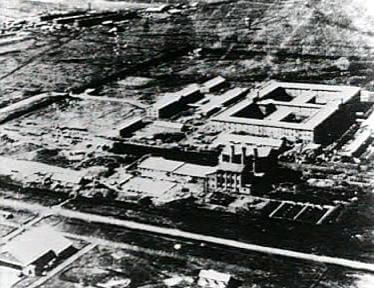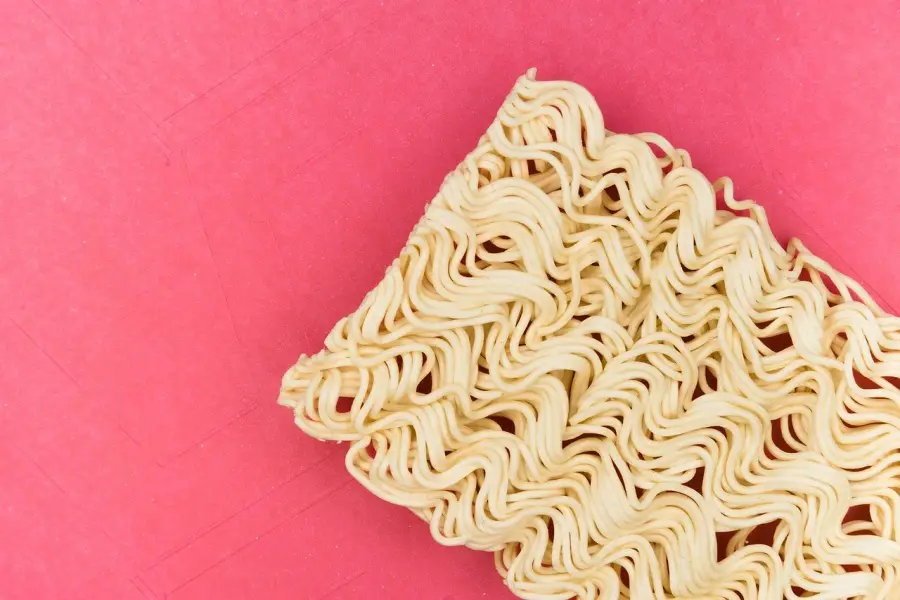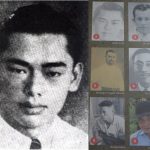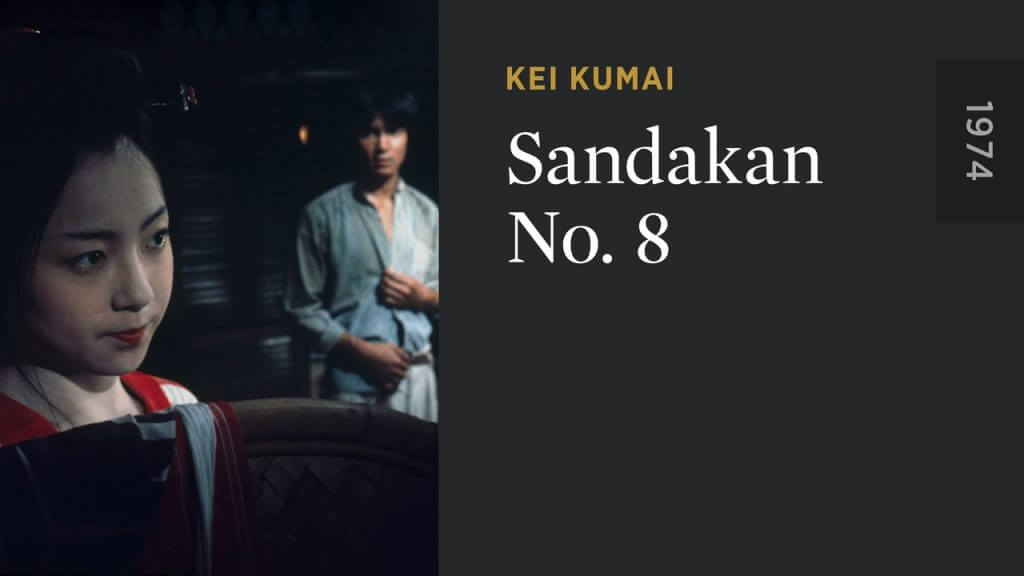Even though you have never ordered this, you might have seen this snack box being promoted by your favourite influencer or Youtuber.
It was also featured on Forbes, BuzzFeed, Vice, Cosmopolitan and even The New York Times.
Sakuraco is a monthly curated Japanese snack box.
In each box, there are 20 authentic Japanese snacks and candy as well as the perfect tea to pair with them.
It also comes with a 24-page guide so you can read the stories of where your snacks come from.
To complete this unique experience, every box will have home goods such as ceramics, chopstick or furoshiki (traditional Japanese wrapping cloths) sourced from traditional makers.
The snack box that arrives to your home is different every month so you will never get tired of trying the same thing.
They work closely with many Japanese family-owned businesses who dedicated their lives to the art of snack making.
For the month of May 2024, Sakuraco collaborated with Kanagawa Prefectural Government to bring their customers Flavours of Hakone.
It is a snack box pay to tribute to Hakone, a historical place with breathtaking natural beauty which situated amidst the mountains of Kanagawa Prefecture.
Travellers have been dipping in Hakone’s revitalising onsen or hot springs for centuries.
Flavours of Hakone would bring any snack lovers a tour of this majestic place through their palate without having step out from their homes.
With 20 different snacks and candies to choose from, it is hard to pick your favourites.
After trying them all, here are KajoMag’s three favourite snacks from Flavours of Hakone courtesy from Sakuraco:
1.Strawberry Milk Almonds

This simple, crunchy snack is made from almonds with strawberry milk coating.
Despite its rich coating, it is not too sweet and has the perfect balance tastes of nutty almond and fruity strawberry.
2.White Miso Financier

Who would have thought that white miso would make a great ingredient for a financier?
A financier is a traditionally small French almond visitandine, flavoured with beurre noisette while white miso is a mild fermented Japanese soybean paste.
The saltiness of the miso surprisingly enhanced the sweetness of the cake, making it a perfect companion for a well-brewed tea.
Despite the fact it is packaged and travelled from Japan to Borneo, this White Miso Financier still retains its softness and delicate texture.
3.Seven Flavours of Arare

For those who are unfamiliar, arare is a type of bite-sized Japanese cracker made from glutinous rice and flavoured with soy sauce.
The bag of arare which comes in Sakuraco’s Flavours of Hakone contains various kind of flavours including such as seaweed, green laver and seaweed.
We only wish it comes with a bigger bag because this is perfect to munch on while watching TV.
4.Yokohama Raisin Sandwich

Who doesn’t love a snack with a unique twist in it?
This snack is made of plump raisins soaked in brandy syrup and mixed with cream filling that are nestled between two buttery cookies.
Alcohol? Checked. Something sweet? Checked. Something creamy? Checked. Something buttery? Checked. Do we need to say more why we loved this snack?
It is just one of those snacks that makes you crave for more.
5.Matcha Konjac Warabimochi

When you thought that this snack box couldn’t further surprise you even more? They had to put this unusual snack in to the mix.
Basically, it is just konjac jelly with matcha green tea.
However, the soft texture of the jelly and the light flavour of the green tea is perfect for those who are looking something light (and healthy) to snack on.
So who do we think should purchase Sakuraco?

1.If you are a snack lover
First of all, Sakuraco is catered those who loved all kinds of snacks.
Every snack inside the box has its own distinct taste and texture. There is no snack or candy that is similar to the other.
If you are the type of foodie unafraid to explore unfamiliar tastes, Sakuraco is definitely for you.
2.If you are a tea lover
The founder of Sakuraco, Ayumi Chikamoto started this unique subscription to focus on traditional Japanese snacks that provide a relaxing afternoon tea experience.
Thus, this snack box is for you if you are a tea lover looking for something light to munch while sipping on your favourite tea.
3.If you love Japanese culture
Some have purchased Sakuraco because it reminds them of the country they once visit while others have bought it out of curiosity the land they wish to visit.
It doesn’t matter if you have visited the Land of the Rising Sun or it is still on your bucket list, give Sakuraco a try. You might find yourself booking your next trip to Japan.
4.If you are looking for a one-of-kind gift
Not everyone has the knack for selecting gift. There are some people just struggle to choose the perfect gift for their friends or family.
Regardless you are looking for a personal present or corporate gift, we bet that a curated traditional snack box is not something common to receive.
Imagine the face of your loved ones as they open one snack after the other when they received their very first Sakuraco, it is like opening up presents within the present itself.
To know more about thi subscription snack box, click here.







































